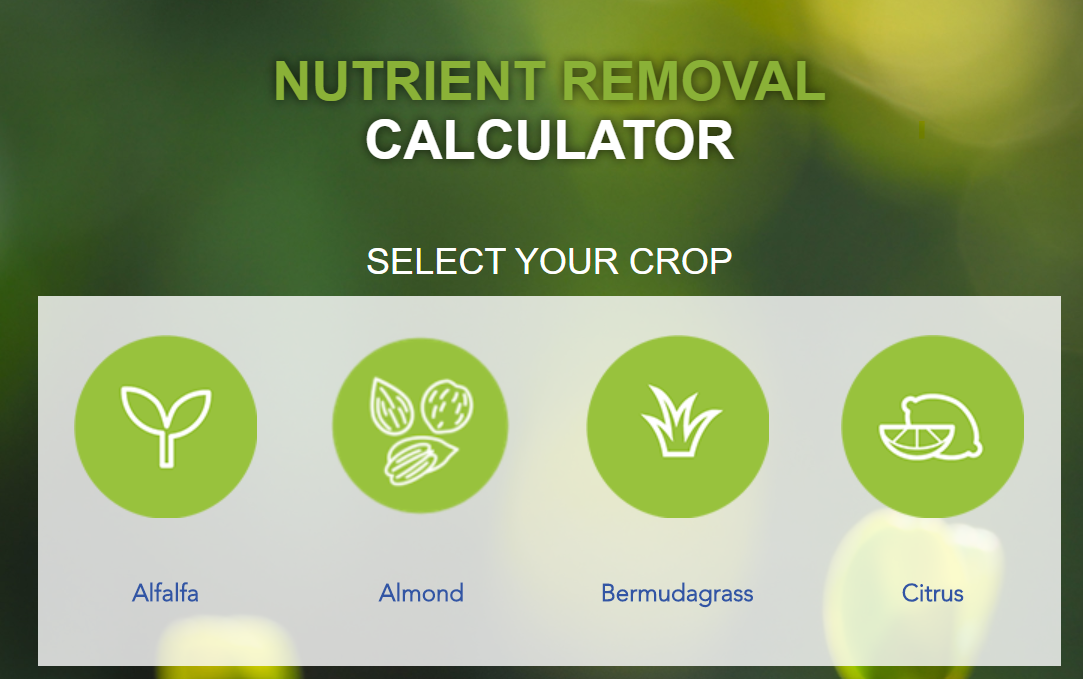By Libby Rens, PhD
What is Crop Nutrient Removal?
Harvest is the time to reflect on the success of the season and use that insight to plan for next year. At the end of the season, we are literally removing plant nutrients from the system in the form of yield. Every potato or apple or grain of rice that leaves your field and goes to market is carrying nitrogen, phosphorus, potassium, and the other 14 essential plant nutrients along with it. It is easy to see how this affects the next crop and subsequent seasons. Knowing the amount removed is helpful in planning for subsequent seasons’ fertility plans.
Crop Nutrient Uptake – the total amount of a nutrient taken up by the crop during the season. A portion of this is returned to the soil from decomposing leaf, stem, and root residues.
Crop Nutrient Removal – the amount of a nutrient removed from the field in the form of yield
How do I calculate Crop Nutrient Removal?
Estimating crop nutrient removal is a simple calculation. Many state universities provide estimates for nutrient removal per unit yield. (Hint: Skip to the next section if you want an easier way and avoid the math!)

For example, your 2020 potato harvest averaged 515 cwt/ac. University of Oregon reports 0.58 lbs of K2O is removed per cwt of yield. How much potassium was removed via yield?

For example, your 2020 potato harvest averaged 515 cwt/ac. University of Oregon reports 0.58 lbs of K2O is removed per cwt of yield. How much potassium was removed via yield?

An Easier Way to Estimate Crop Removal!
Searching the internet for nutrient concentrations in the harvested product, then doing some math is fun and all, but there is an easier way. Follow THIS LINK to be brought to a calculator that calculates nitrogen, phosphorus, potassium, magnesium, and sulfur removal for a variety of crops. Select your crop, enter average yield, and the calculator estimates crop removal rates.

How do I incorporate this into my nutrient plan?
Use crop nutrient removal estimates to help plan next year’s fertility plan a few ways.
- This calculation is an estimate based on average nutrient removal and average yield across the field. This means highly productive areas may remove more, while edge rows may remove less.
- The nutrients removed via harvest is just a portion of what the crop needs to satisfy an entire season of growth. In addition to the harvested product, nutrition to support plant tissues is needed throughout the season. Crop Nutrient Removal is an indicator of what may need to be replaced for next season.
- Crop Nutrient Removal estimates are most useful in guiding fertility decisions for less mobile nutrients like potassium and magnesium.

